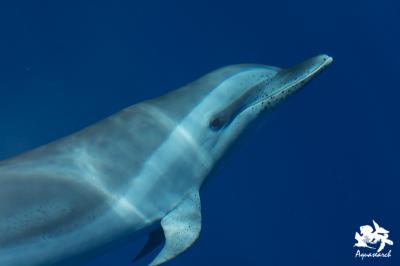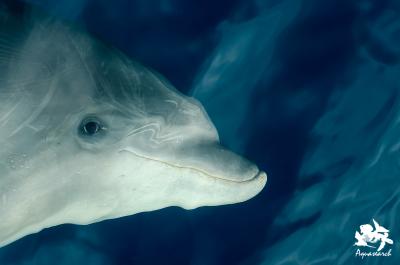Discussion

We observed some accumulative factor. Indeed, the proportion of face to face behaviour indicating a direct interest in the whale watching vessel gradually decreased from November (low tourist season) to January (high tourist season) giving a significant correlation. Since face-to-face is the most direct form of approach on the dolphin's behalf, this decreasing trend may be seen as a weaker tendency of dolphins to be likely to approach the boat and instead avoid them due to an accumulation of stress or a decreasing curiosity towards the boat due to daily “encounter”

Finally, action for conservation of these species like ethical guidelines for approaching cetaceans should be not only based on which species we are trying to protect but also include provisions for adjustments according to the behavioural state in which the dolphins/whales are in that very moment when the boat approaches them. It goes without saying that further studies are required on this topic for two main reasons. First of all, collecting data on sea is harder than on land, therefore futher studies could increase the data sample allowing different statistics to be applied or the same tests with more accurancy. Secondly, futher studies would increase the chance of encountering the more elusive species and thus increase the data sample for them. This would allow us to improve the approaching guidelines of whale watching boat and hence decreasing the negative impact that this commercial activity could have on the targeted cetaceans.
Responsible for this page:
Director of undergraduate studies Biology
Last updated:
05/17/18
